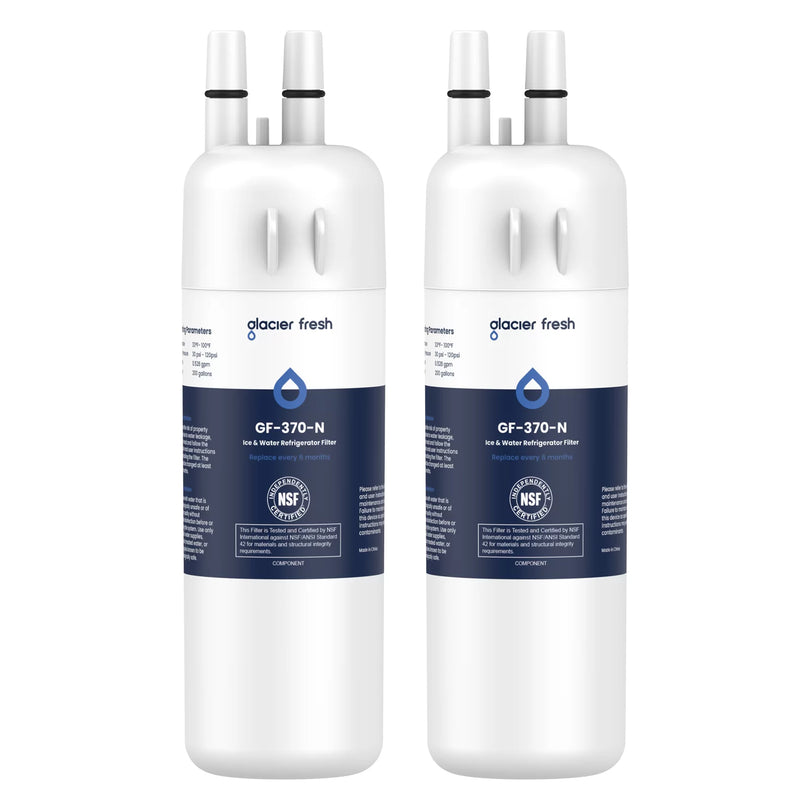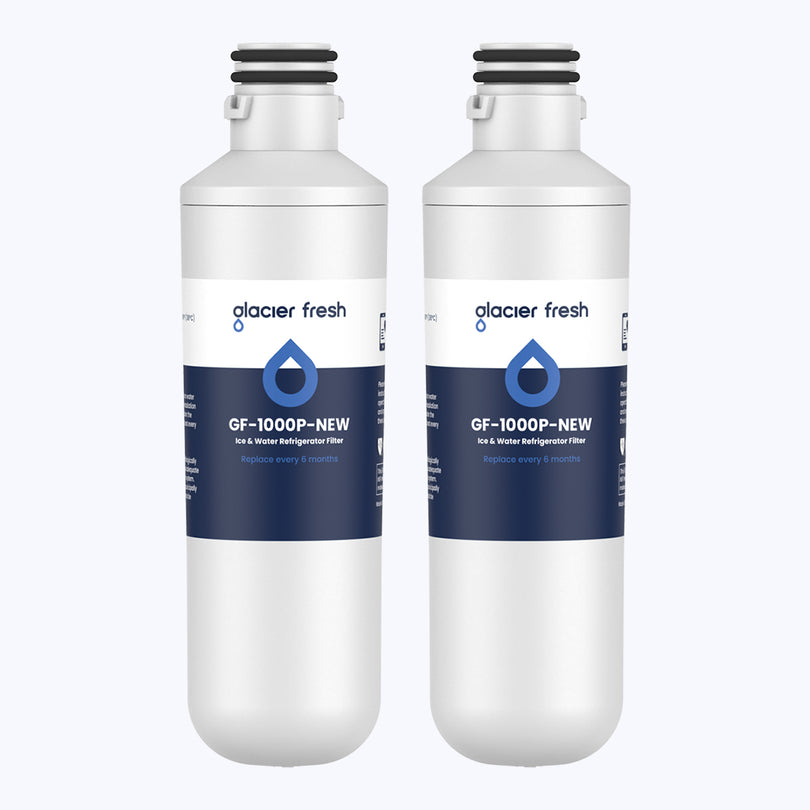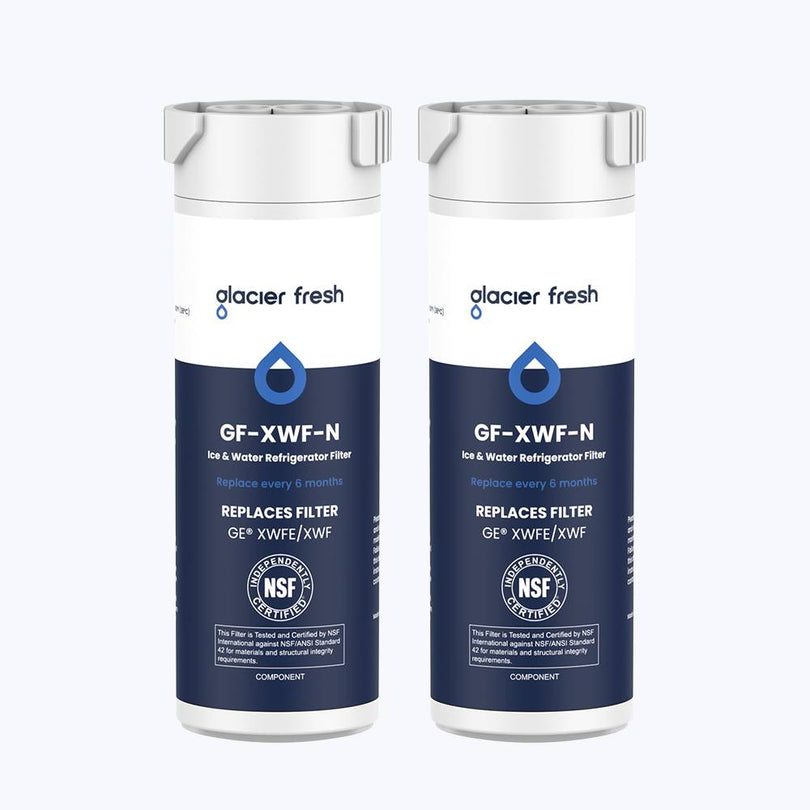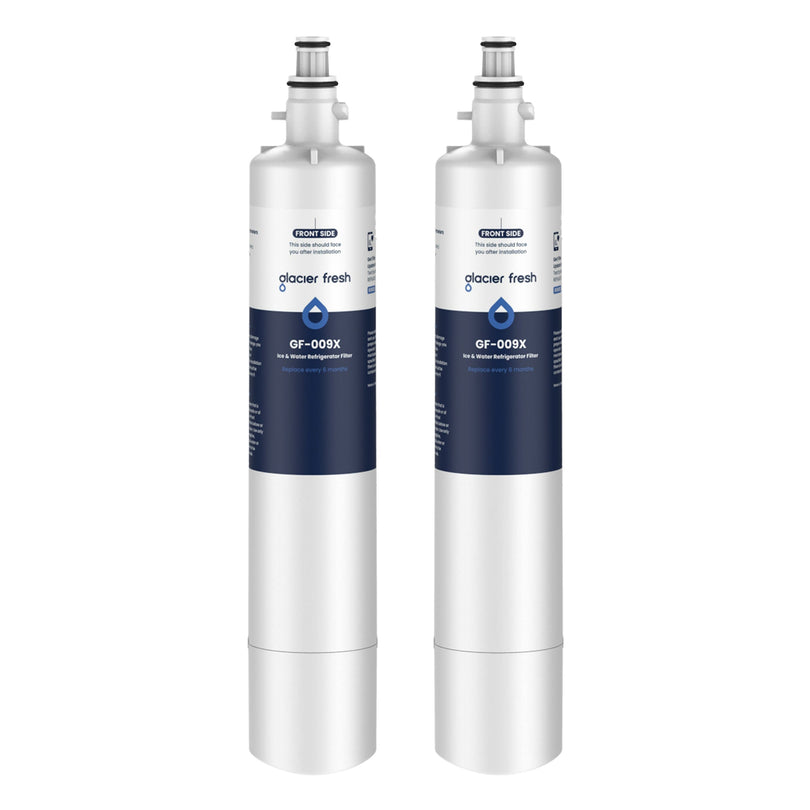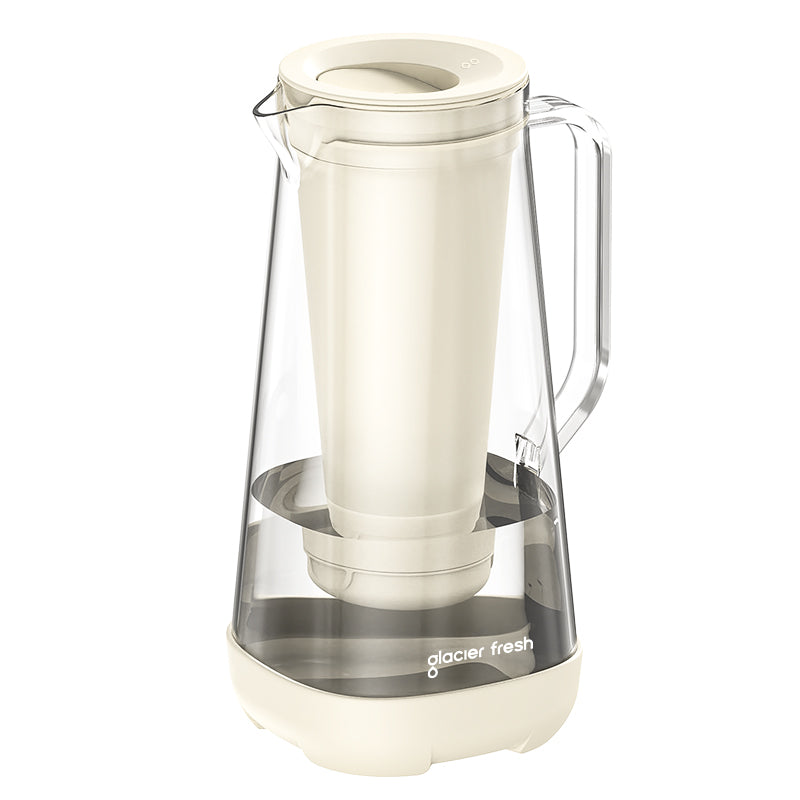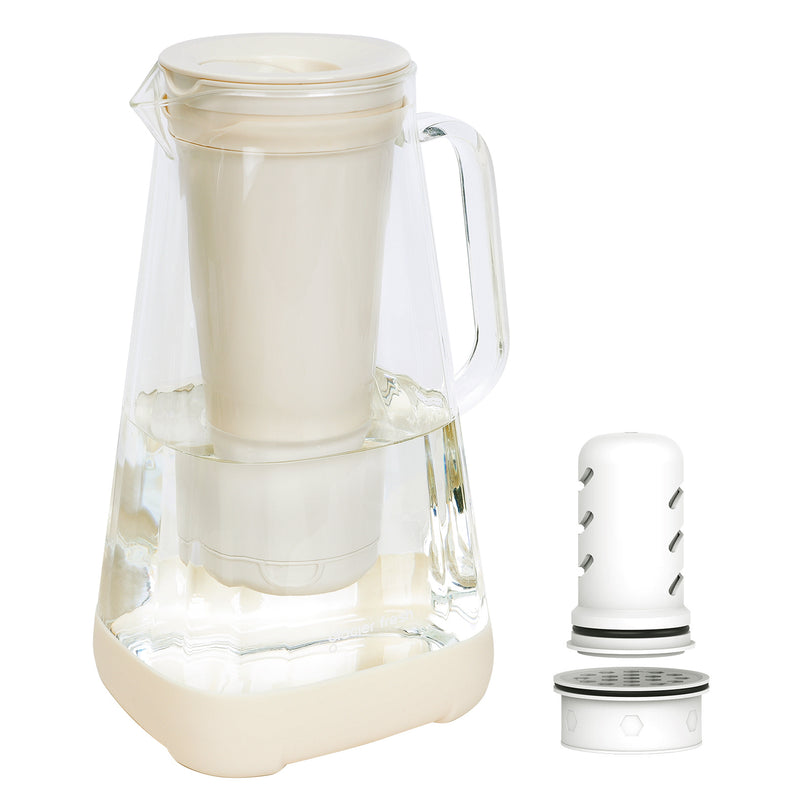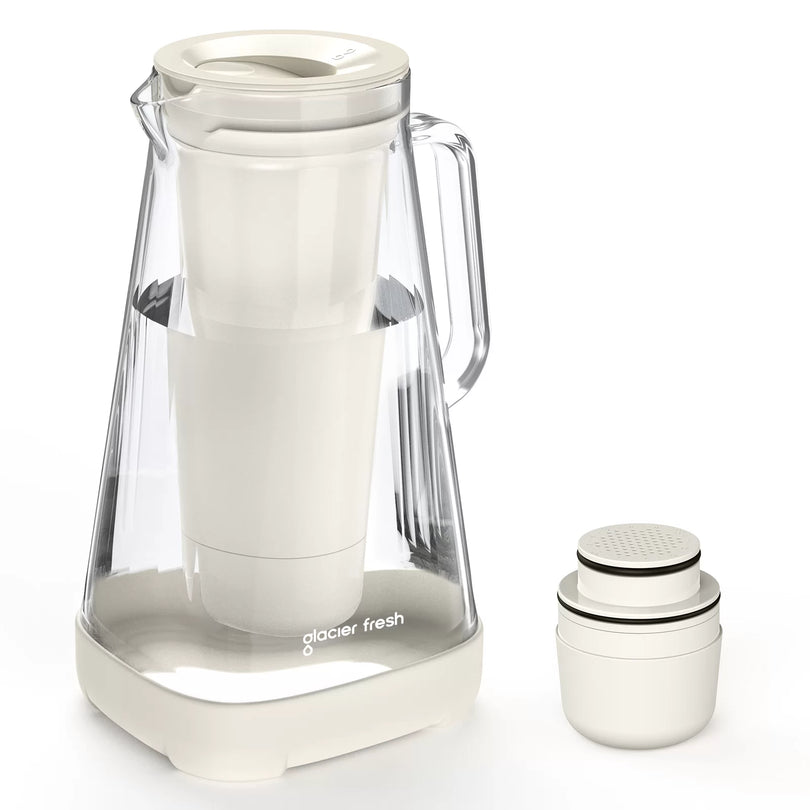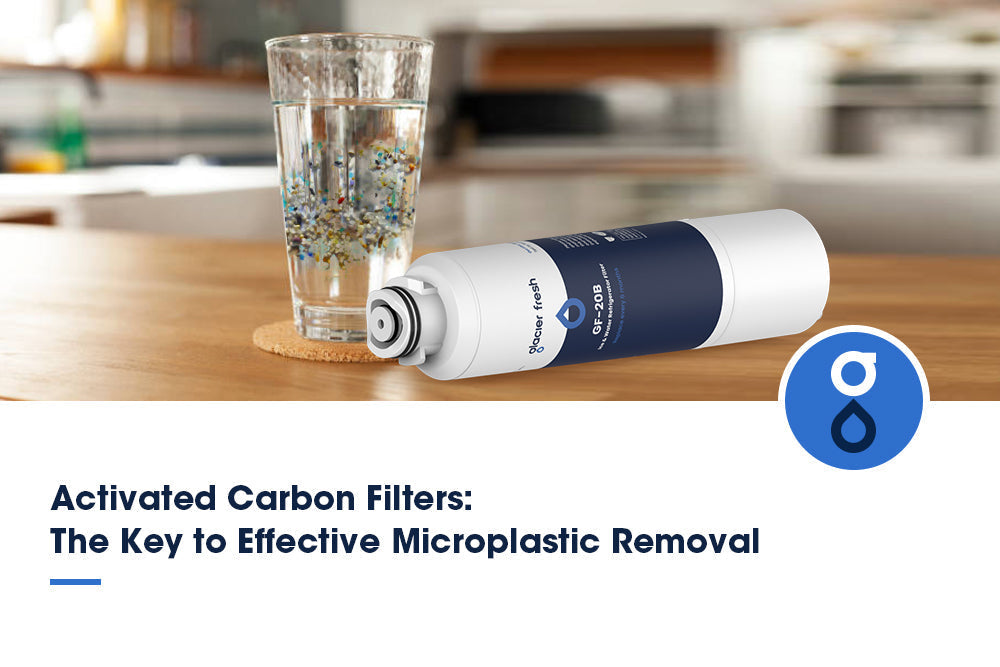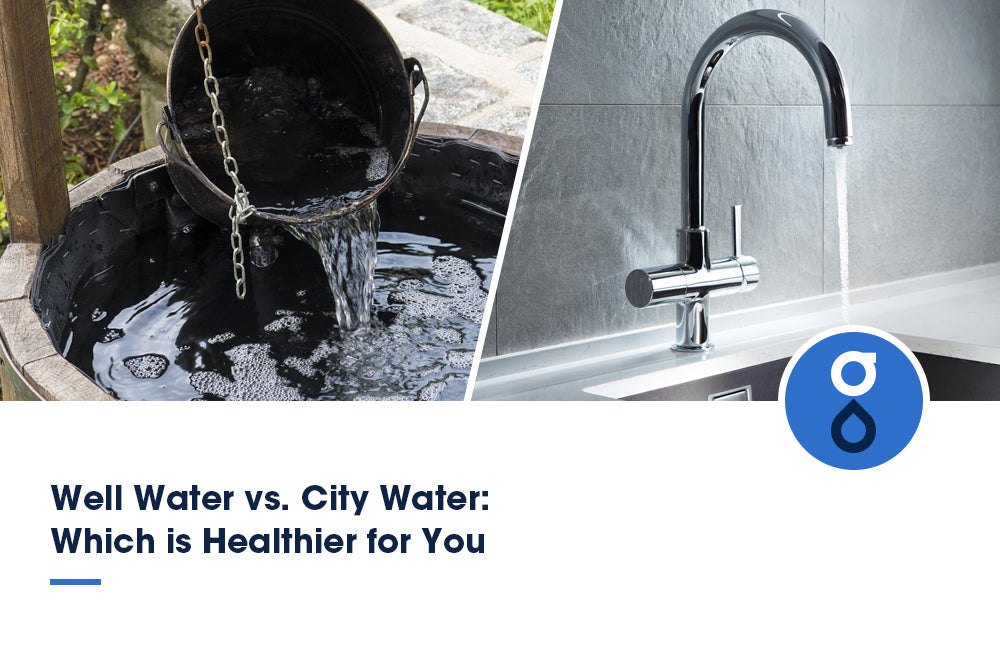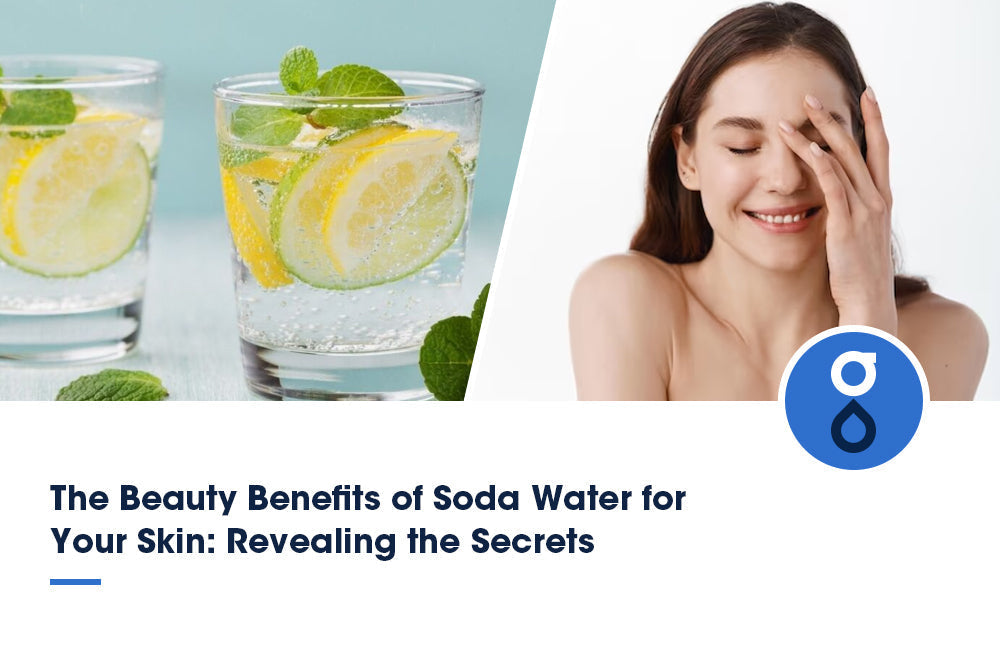Table of Contents:
Das Problem der Mikroplastikverschmutzung
Wie funktionieren Aktivkohlefilter?
Wie können Aktivkohlefilter dazu beitragen, Mikroplastik aus dem Wasser zu entfernen?
Faktoren, die die Wirksamkeit von Aktivkohlefiltern bei der Entfernung organischer Verbindungen beeinflussen
FAQs
Abschluss
Sind Sie besorgt über die wachsende Verschmutzung unserer Gewässer durch Mikroplastik? Aktivkohlefilter könnten die Lösung sein, nach der Sie gesucht haben. Diese Filter entfernen hochwirksam Mikroplastik – winzige Plastikpartikel, die unsere Meere, Flüsse und sogar unser Trinkwasser verschmutzen. Mit Aktivkohlefiltern können Sie dazu beitragen, diese schädliche Verschmutzung zu reduzieren und die Umwelt zu schützen.
Wie funktionieren Aktivkohlefilter? Diese Filter bestehen aus speziell behandelter Kohle, die eine große Oberfläche mit winzigen Poren erzeugt. Wenn Wasser durch diese Filter fließt, bleiben die Mikroplastikpartikel in den Poren der Aktivkohle hängen. Das bedeutet, dass Sie bei der Verwendung von mit Aktivkohlefiltern behandeltem Wasser sicher sein können, dass Ihr Wasser frei von Mikroplastik ist. Mit dem zunehmenden Bewusstsein für die schädlichen Auswirkungen von Mikroplastik auf unsere Gesundheit und die Umwelt wird der Einsatz von Aktivkohlefiltern als zuverlässige und effektive Methode zur Mikroplastikentfernung immer beliebter.
Das Problem der Mikroplastikverschmutzung
Die Verschmutzung durch Mikroplastik richtet auf unserem Planeten verheerende Schäden an. Sind Aktivkohlefilter jedoch die Lösung, nach der wir gesucht haben?

Dieses Umweltproblem hat in letzter Zeit aufgrund seiner schädlichen Auswirkungen auf aquatische Ökosysteme und das Meeresleben stark an Aufmerksamkeit gewonnen. Quellen der Mikroplastikverschmutzung sind der Zerfall größerer Plastikgegenstände wie Flaschen und Tüten sowie die Freisetzung von Mikrokügelchen aus Körperpflegeprodukten. Diese winzigen Plastikpartikel stellen eine ernsthafte Bedrohung für Meeresorganismen dar, da sie verschluckt werden und sich in deren Körper ansammeln können, was zu potenziellen Gesundheitsrisiken führt. Eines der Hauptprobleme im Zusammenhang mit der Aufnahme von Mikroplastik ist die Übertragung giftiger Chemikalien, die an diesen Partikeln haften können. Wenn Meeresorganismen Mikroplastik aufnehmen, können diese Chemikalien in ihr Gewebe gelangen und möglicherweise langfristige Gesundheitsprobleme verursachen. Darüber hinaus kann Mikroplastik das Verdauungssystem von Meerestieren blockieren, was zu einer verringerten Nährstoffaufnahme und einer schlechten Gesundheit führt.
Dies unterstreicht die dringende Notwendigkeit wirksamer Methoden zur Entfernung von Mikroplastik, um die damit verbundenen Umwelt- und Gesundheitsrisiken zu mindern. Aktivkohlefilter haben sich als potenzielle Lösung zur Bekämpfung der Mikroplastikverschmutzung herausgestellt. Diese Filter sind darauf ausgelegt, Schadstoffe, einschließlich Mikroplastik, aus Wasserquellen abzufangen und zu entfernen. Dank ihrer porösen Struktur kann Aktivkohle ein breites Spektrum organischer Verbindungen, einschließlich Mikroplastik, absorbieren. Durch den Einbau von Aktivkohlefiltern in Abwasseraufbereitungsanlagen und Haushaltsfilter können wir einen Großteil der Mikroplastikpartikel entfernen, bevor sie in natürliche Gewässer gelangen. Es ist jedoch wichtig zu beachten, dass Aktivkohlefilter zwar Mikroplastik effektiv entfernen, aber keine eigenständige Lösung darstellen. Um dieses allgegenwärtige Problem zu bekämpfen, sind auch die Umsetzung alternativer Methoden zur Entfernung von Mikroplastik und politische Maßnahmen wie die Reduzierung von Plastikmüll und das Verbot bestimmter Plastikprodukte notwendig.
Wie funktionieren Aktivkohlefilter?

Aktivkohlefilter fangen winzige Partikel ein und entfernen schädliche Substanzen effektiv aus der Umwelt. Diese Filter funktionieren durch einen Adsorptionsprozess, bei dem die Schadstoffe an der Oberfläche der Aktivkohle haften bleiben. Die Wirksamkeit des Filters hängt von der Oberfläche der Aktivkohle ab, die durch die Verwendung kleiner Partikel oder Körnchen maximiert wird. Ein Schlüsselfaktor für die Effizienz von Aktivkohlefiltern ist die für die Adsorption verfügbare Oberfläche. Aktivkohle verfügt aufgrund ihrer porösen Struktur über eine große innere Oberfläche, die Schadstoffen ausreichend Platz zum Anhaften bietet. Je größer die verfügbare Oberfläche, desto mehr Schadstoffe können eingefangen und aus dem Wasser oder der Luft entfernt werden. Aus diesem Grund bestehen Aktivkohlefilter oft aus winzigen Partikeln oder Körnchen, um die Oberfläche zu vergrößern und den Filterprozess zu verbessern.
In Filtern können verschiedene Arten von Aktivkohle verwendet werden, jede mit ihren eigenen Eigenschaften. Pulverförmige Aktivkohle ist fein gemahlen und hat eine große Oberfläche, wodurch viele Verunreinigungen effektiv entfernt werden. Granulierte Aktivkohle hingegen hat größere Partikel und wird häufig in Wasserfiltern verwendet. Die Wahl der richtigen Art von Aktivkohle ist entscheidend, je nach den spezifischen Schadstoffen, die entfernt werden müssen. Aktivkohlefilter sind zwar bei der Entfernung vieler Schadstoffe sehr effektiv, sie haben jedoch Einschränkungen und Herausforderungen. Mit der Zeit können die Poren der Aktivkohle durch Schadstoffe verstopft werden, was ihre Effizienz verringert.
Aktivkohle kann jedoch durch verschiedene Methoden, wie Erhitzen oder Waschen, regeneriert werden, um ihre Adsorptionskapazität wiederherzustellen. Darüber hinaus entfernen Aktivkohlefilter bestimmte Schadstoffe wie gelöste Metalle oder organische Verbindungen möglicherweise nicht effektiv. Daher ist es wichtig, die Einschränkungen von Aktivkohlefiltern zu kennen und gegebenenfalls andere Filtermethoden in Betracht zu ziehen.
Wie können Aktivkohlefilter dazu beitragen, Mikroplastik aus dem Wasser zu entfernen?
Aktivkohlefilter können die Wasserreinigung auf faszinierende Weise unterstützen, indem sie das Problem der Mikroplastikverunreinigung angehen. Diese Filter nutzen einen Adsorptionsprozess, bei dem das Mikroplastik an der Oberfläche der Aktivkohle angezogen und gefangen wird. Dieser Filtermechanismus entfernt viele Mikroplastikpartikel, darunter große und kleine. Der Adsorptionsprozess von Aktivkohlefiltern ist aufgrund ihrer großen Oberfläche und porösen Struktur äußerst effektiv beim Auffangen von Mikroplastik. Beim Durchfließen des Wassers durch den Filter kommt das Mikroplastik mit der Aktivkohle in Kontakt, die eine hohe Affinität zu organischen Verbindungen aufweist. Das Mikroplastik haftet an der Oberfläche und wird so effektiv aus dem Wasser entfernt.
Der Einsatz von Aktivkohlefiltern wie dem GE XWF-Wasserfilter in Wasseraufbereitungssystemen kann einen wertvollen Beitrag zur Reduzierung von Mikroplastik in unseren Wasserquellen leisten. Der Adsorptionsprozess dieser Filter ermöglicht die effiziente Entfernung von Mikroplastikpartikeln und macht sie so wirksam im Kampf gegen Mikroplastikkontamination. Die langfristige Wirksamkeit dieser Filter hängt jedoch von der ordnungsgemäßen Wartung und dem Austausch der Aktivkohle ab. Durch die Kombination von Filtrationsmethoden und Maßnahmen zur Quellenkontrolle können wir die Umweltbelastung durch Mikroplastik weiter minimieren und die Qualität unserer Wasserressourcen sichern.
Faktoren, die die Wirksamkeit von Aktivkohlefiltern bei der Entfernung organischer Verbindungen beeinflussen
Kontaktzeit

Die Kontaktzeit gibt an, wie lange das Wasser mit dem Aktivkohlefilter in Kontakt ist. Je länger die Kontaktzeit, desto größer ist die Chance für Mikroplastik, mit der Aktivkohle in Kontakt zu kommen und von ihrer porösen Struktur adsorbiert zu werden. Beim Durchfließen des Wassers durch den Filter wird das Mikroplastik von der Aktivkohle angezogen und in ihren Poren eingeschlossen. Je länger die Kontaktzeit, desto mehr Mikroplastik kann aufgefangen und aus dem Wasser entfernt werden. Daher ist die Kontaktzeit ein entscheidender Faktor für die Wirksamkeit von Aktivkohlefiltern bei der Entfernung von Mikroplastik.
Durchflussrate
Bei der Durchflussrate ist es wichtig, das perfekte Gleichgewicht für eine optimale Leistung bei der Entfernung von Mikroplastik zu finden. Eine hohe Durchflussrate mag verlockend erscheinen, da sie eine schnellere Filtration ermöglicht, kann aber die Wirksamkeit von Aktivkohlefiltern beeinträchtigen. Bei einer hohen Durchflussrate fließt das Wasser zu schnell durch den Filter, wodurch die Kontaktzeit zwischen Mikroplastik und Kohlepartikeln verkürzt wird. Dies bedeutet, dass die Kohlepartikel weniger Zeit haben, das Mikroplastik zu adsorbieren, was zu einer geringeren Entfernungseffizienz führt. Andererseits kann eine niedrige Durchflussrate zu einer längeren Kontaktzeit führen, wodurch Mikroplastik besser von der Aktivkohle adsorbiert wird. Eine extrem niedrige Durchflussrate kann jedoch zu Verstopfungen und einer verkürzten Filterlebensdauer führen. Daher ist es entscheidend, das richtige Gleichgewicht zu finden.
Mikroplastikkonzentration

Stellen Sie sich ein wirbelndes Meer aus winzigen Plastikpartikeln vor, deren Konzentration mit zunehmendem Fluss zunimmt. Stellen Sie sich nun einen Aktivkohlefilter vor, der diese Mikroplastikpartikel lautlos aus dem Wasser entfernt. Aktivkohlefilter sind dank ihrer porösen Struktur und Adsorptionsfähigkeit äußerst effektiv beim Auffangen und Entfernen von Mikroplastik. Während das Wasser durch den Filter fließt, zieht das Kohlenstoffmaterial die Mikroplastikpartikel an und bindet sie, wodurch sie effektiv aus dem Wasserstrom entfernt werden. Die Konzentration von Mikroplastik im Wasser ist entscheidend für die Wirksamkeit von Aktivkohlefiltern. Die sorgfältige Berücksichtigung der Mikroplastikkonzentration und anderer relevanter Faktoren gewährleistet die Auswahl der am besten geeigneten Filtermethode für sauberes und sicheres Trinkwasser.
Regelmäßige Wartung und Austausch
Regelmäßige Wartung ist unerlässlich, damit Ihre Filter Mikroplastik effektiv entfernen. Befolgen Sie die Anweisungen des Herstellers und reinigen oder ersetzen Sie die Filter in den empfohlenen Intervallen. So stellen Sie sicher, dass die Filter frei von Verstopfungen oder Blockaden sind, die ihre Fähigkeit, Mikroplastik effektiv aus dem Wasser zu entfernen, beeinträchtigen könnten.
Regelmäßige Wartung trägt nicht nur dazu bei, die Filtereffizienz zu erhalten, sondern verlängert auch seine Lebensdauer. Aktivkohlefilter können mit der Zeit mit Mikroplastik und anderen Verunreinigungen gesättigt werden, was ihre Wirksamkeit verringert. Durch regelmäßiges Reinigen oder Austauschen der Filter stellen Sie sicher, dass sie weiterhin Mikroplastik entfernen und Sie effizient mit sauberem Wasser versorgen. Machen Sie es sich daher zur Gewohnheit, Ihre Filter regelmäßig zu überprüfen und Wartung oder Austausch nach Bedarf zu planen. Ihre Bemühungen tragen wesentlich dazu bei, dass Ihre Aktivkohlefilter Mikroplastik effektiv aus Ihrer Wasserversorgung entfernen.
FAQs
Sind Aktivkohlefilter wirksam bei der Entfernung anderer Schadstoffe aus dem Wasser außer Mikroplastik?
Aktivkohlefilter entfernen nicht nur Mikroplastik, sondern auch andere Schadstoffe effizient aus dem Wasser. Diese Filter haben sich als nachhaltige Lösung für die Wasserreinigung erwiesen. Sie können verschiedene Schadstoffe, darunter Chemikalien, Schwermetalle und organische Verbindungen, effektiv entfernen.
Können Aktivkohlefilter Mikroplastik aus allen Arten von Wasserquellen entfernen?
Aktivkohlefilter können Mikroplastik effektiv aus Leitungswasser entfernen, einer bedeutenden Quelle für Mikroplastikverschmutzung. Darüber hinaus können sie Mikroplastik aus Flaschenwasser entfernen, das möglicherweise Plastikpartikel aus dem Produktionsprozess oder den Plastikflaschen selbst enthält. Darüber hinaus können Aktivkohlefilter Mikroplastik aus kontaminierten Wasserquellen wie Seen, Flüssen und anderen Gewässern entfernen, in denen Mikroplastikverschmutzung ein Problem darstellt.
Ist der Einsatz von Aktivkohlefiltern in Kombination mit anderen Wasseraufbereitungsmethoden notwendig, um Mikroplastik wirksam zu entfernen?
Um Mikroplastik effektiv aus dem Wasser zu entfernen, ist die Verwendung von Aktivkohlefiltern in Kombination mit anderen Wasseraufbereitungsmethoden nicht notwendig. Aktivkohlefilter sind hochwirksam beim Auffangen und Entfernen von Mikroplastik aus Wasserquellen. Es können jedoch auch alternative Filtermethoden eingesetzt werden, um ähnliche Ergebnisse zu erzielen.
Abschluss
Aktivkohlefilter sind ein wertvolles Instrument im Kampf gegen Mikroplastik. Sie bieten eine praktische und kostengünstige Lösung, um Mikroplastik aus Wasserquellen zu entfernen, unser Trinkwasser sicherer zu machen und die Auswirkungen von Mikroplastik auf unser Ökosystem zu reduzieren. Durch den großflächigen Einsatz dieser Filter können wir einen wesentlichen Beitrag zum Schutz unserer Umwelt für zukünftige Generationen leisten. Folgen Sie Glacier Fresh, um weitere Wasserfilterlösungen zu entdecken.

